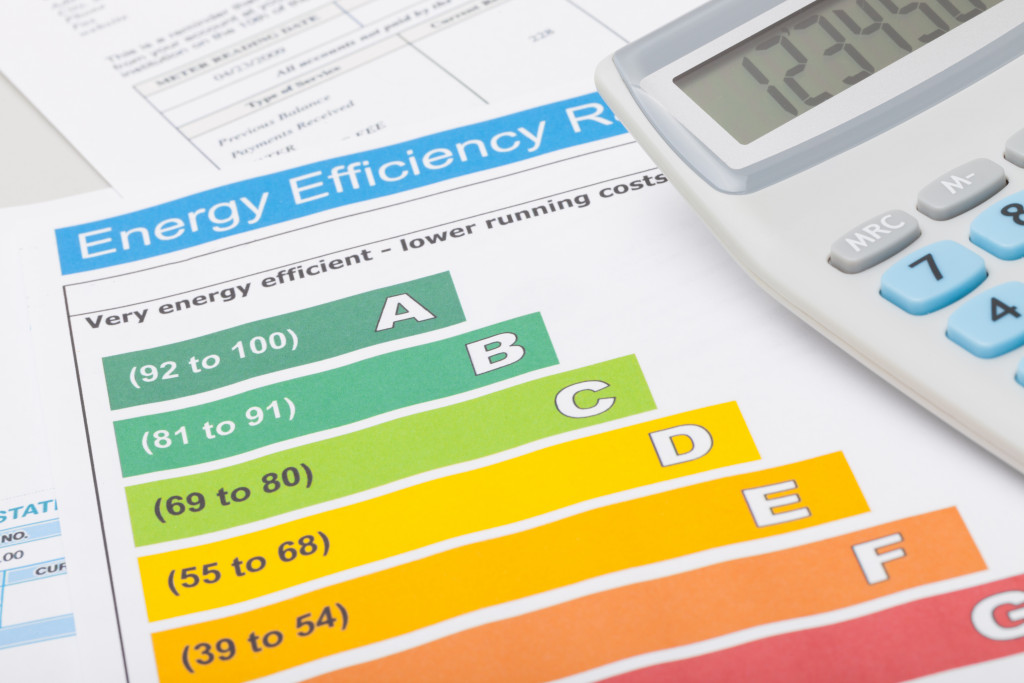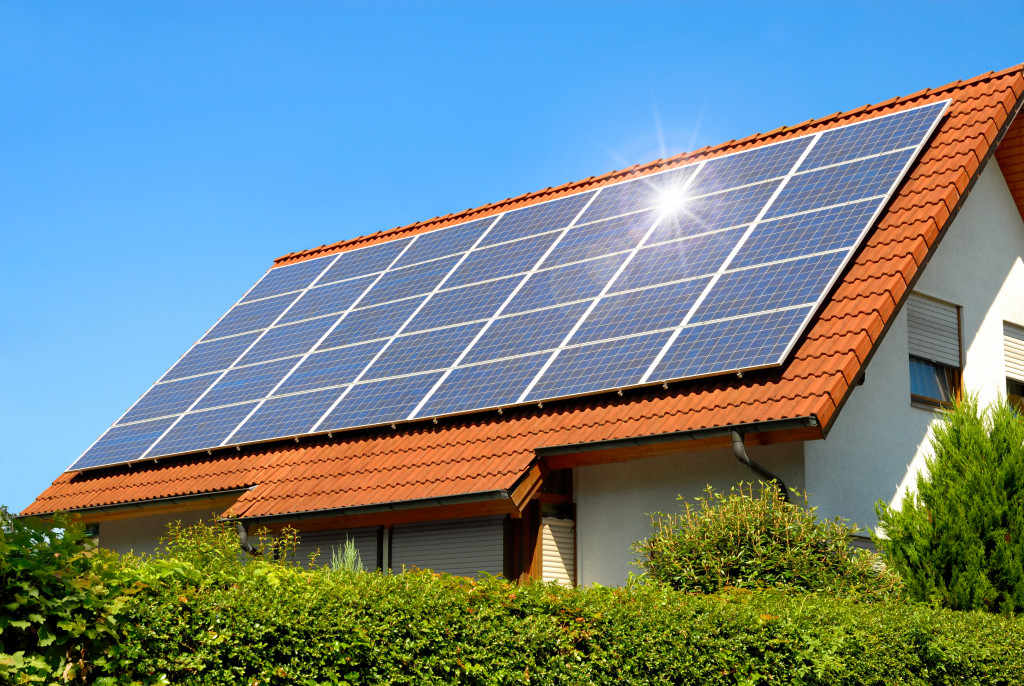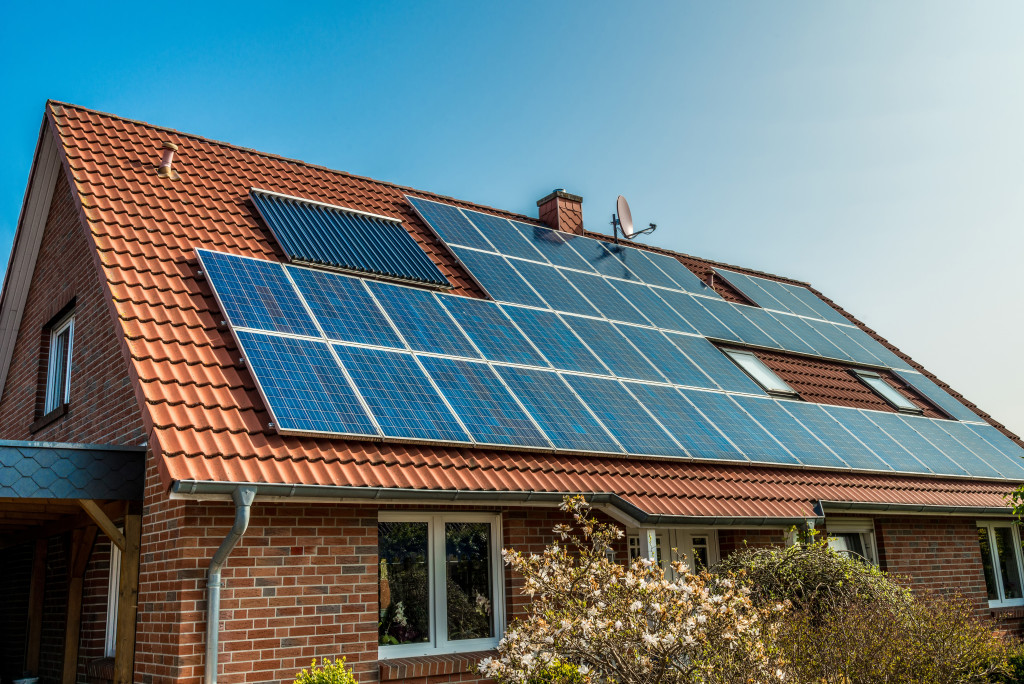- Upgrade your lighting to LED bulbs for reduced electricity consumption and longer-lasting light.
- Weatherize your home to minimize air leakage and improve insulation for greater energy efficiency.
- Install programmable thermostats to control temperatures while you’re away from home.
- Invest in Energy Star-certified appliances to reduce your electricity use without sacrificing quality.
- Pursue an eco-friendly lifestyle with mindful consumption and low emissions cars like electric vehicles.
Eco-friendly homes are becoming increasingly important as climate change’s impacts become more visible. Becoming eco-friendly is crucial for individuals to reduce their carbon footprint and help preserve the environment for future generations. Furthermore, living in an eco-friendly home can also bring significant financial benefits, from lower energy bills to tax credits.
The statistics on climate change are sobering: according to the Environmental Protection Agency (EPA), global greenhouse gas emissions have increased by 8% since 1990, while our oceans are rising at record rates, with a sea level rise of 9 inches since 1880. At this rate, devastating floods and storms will only become more frequent and intense. More alarming is that recent research suggests these effects may be irreversible if steps aren’t taken soon to reduce our emissions.
However, it can be challenging to achieve an eco-friendly transformation. Fortunately, you can take it one step at a time, starting with these tips.
Focusing on Energy Efficiency

Energy efficiency is the most critical step to creating an eco-friendly home. Using less energy can reduce carbon emissions and save money on energy bills. Here are a few ways to get started on improving energy efficiency in your home:
Upgrade Your Lighting
Improving lighting fixtures is one of the quickest and simplest ways to increase energy efficiency in your home. Switching out your standard incandescent light bulbs with LED (Light-Emitting Diode) bulbs can reduce your lighting electricity consumption by up to 85%, according to the U.S. Department of Energy. Additionally, LEDs last 15 times longer than regular bulbs, giving you fewer replacements and less time spent replacing them—saving you even more money over time.
Weatherize Your Home
Weatherizing your home can help it become more airtight and insulated, which will ultimately help reduce how much energy you use for heating and cooling throughout the year. Sealing cracks or gaps around windows, doors, rooflines, and other areas can significantly decrease unwanted air leakage from outside sources. Additionally, installing insulation in walls, ceilings, and attics helps keep heat inside during cold months while keeping cool air indoors during hot summer days—allowing you to enjoy a comfortable environment while using less energy for heating and cooling purposes.
Install Programmable Thermostats
Installing a programmable thermostat is an easy way to reduce energy costs without sacrificing comfort levels in the home. You can set it so that temperatures drop when you’re away at work or school during the day but gradually start rising before you get back so that it’s warm when you arrive home again—allowing you to save on unnecessary heating or cooling costs when no one is present in the home.
Invest in Energy Star Appliances
According to research from Lawrence Berkeley National Laboratory, most appliances account for up to 20% of total household electricity usage annually; therefore, investing in Energy Star-certified models can be very beneficial for reducing electricity usage in homes without compromising quality or convenience of use. Not only do these appliances often come with significant savings upfront compared to non-certified models, but they also consume substantially less power throughout their lifetimes — saving you even more money on utility bills each month and reducing your overall carbon footprint simultaneously!
Renewable Energy

Renewable energy, such as solar, wind, and geothermal power, is an ideal investment to make your home greener. It can drastically reduce your carbon footprint while providing long-term energy bills savings. Furthermore, the technology behind renewable energy sources is rapidly advancing, making it easier and more affordable for consumers to switch to eco-friendly energy sources.
The most common type of renewable energy used in homes is solar power. Solar panels convert sunlight into electricity, powering lights and appliances and heating water for showers and bathing. If you install a solar panel system in your home, you can significantly reduce or eliminate reliance on traditional fossil fuel-based electricity sources. Many incentives are available from local governments or utility companies that make solar energy installation more affordable. Additionally, many states offer tax credits for installing a solar system in your home; this can reduce the cost of the entire project considerably.
Another popular renewable energy source is wind power. Wind turbines harness the power of the wind and turn it into electricity that can be used to run any device, like a computer or television in your home. Wind turbines are becoming increasingly popular due to their low maintenance requirements and lack of noise pollution—making them an attractive option for eco-friendly homes. You may need approval from local authorities before installing a wind turbine, but many governments offer tax credits and other incentives; check with your local municipality to find out what’s available.
Pursue the Eco-Friendly Lifestyle
The eco-friendly lifestyle is not only about making changes to the home but can also involve small steps that people take daily. One way to reduce an individual’s carbon footprint is to practice mindful consumption. This involves being aware of how much we use and waste. When shopping for groceries or other items, buying in bulk reduces packaging waste; bringing reusable bags to the store eliminates the need for plastic bags, and opting for second-hand clothing helps reduce textile waste.
Another way to live an eco-friendly lifestyle is switching to a car with a lower carbon footprint. Electric vehicles are becoming increasingly popular due to their lower emissions and running costs. You can also get EV charging port installers to install a charging port in your garage or driveway, allowing you to recharge your car while it’s parked.
Final Thoughts
By following these tips, you can take one step at a time toward creating an eco-friendly home that will help preserve the environment and save money in the long run. It won’t happen overnight, but we can all do our part to create a more sustainable future by taking small steps each day.

